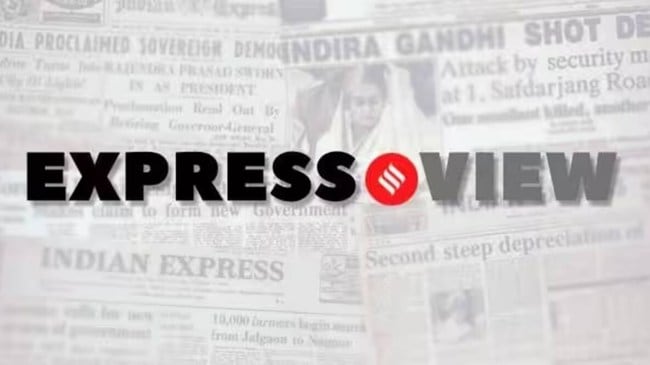Opinion Census is welcome – it has to be about more than stats
The exercise will make policymaking more informed
 The Census 2027 will be conducted in two phases.
The Census 2027 will be conducted in two phases. In the recent past, the Centre has taken several steps to fill the gaps in data availability in the country. For instance, it has conducted two rounds of household consumption expenditure surveys for 2022-23 and 2023-24 which provide granular data on household spending patterns, and also allow for the estimation of poverty and inequality in the country. The government has also announced that the revamped sample design of the labour force surveys will allow for the generation of monthly estimates of key labour market indicators, which will aid policymaking. On Wednesday, it took another step, announcing the dates for the much delayed Census. This is a welcome development. The Census 2021 had been postponed due to the Covid-19 pandemic and has not been conducted since. This had meant that the last Census conducted provided estimates of India’s population as of March 2011. Considering that timely and accurate data forms the basis of policy making, the continuing absence of the Census data has only hindered policymaking in the country.
The Census 2027 will be conducted in two phases. As per a report in this paper, the household listing phase is likely to begin by March-April 2026, while the enumeration exercise will take place over 21 days in February 2027. As per the Ministry of Home Affairs, “the reference date for population Census-2027 will be 00:00 hours of the first day of March, 2027”. For the UT of Ladakh and the non-synchronous snow-bound areas of Jammu and Kashmir, Himachal Pradesh and Uttarakhand, the reference date will be 00.00 hours of the first day of October, 2026. Alongside, the exercise will also involve the enumeration of castes. This will be the first time since 1931 that the Census will gather detailed data on caste beyond Scheduled Castes and Scheduled Tribes. But, the announcement of the Census has also raised questions on the possibility of delimitation — the process of reconfiguring the Lok Sabha and state assembly seats — and the implementation of 33 per cent reservation for women in Parliament.
In addition to providing population estimates, the Census also collects data on several household socio-economic indicators. This provides vital information on the changes in the country over the decades. Alongside, the Census data is also used in various surveys, and by both government agencies and private entities in the formulation of policies and strategies. It thus serves an invaluable purpose, aiding policy making in India.




